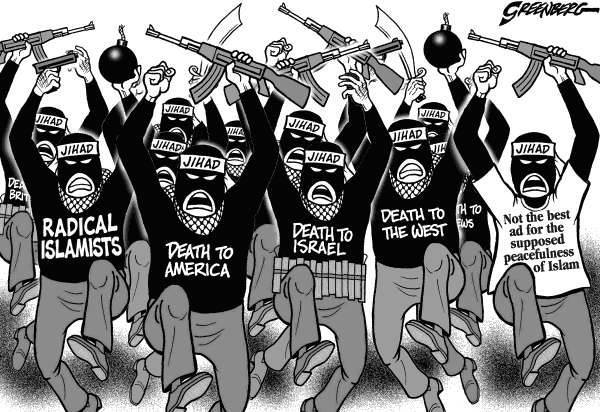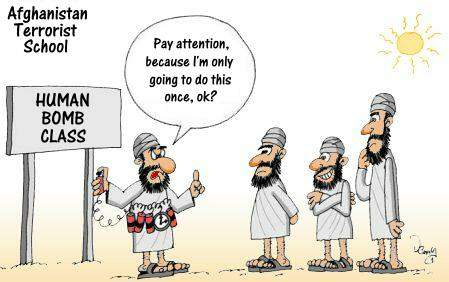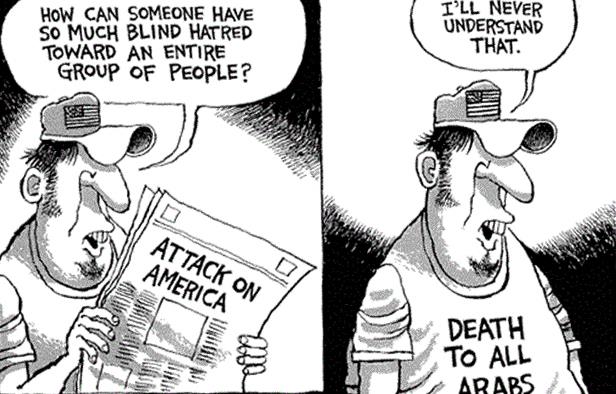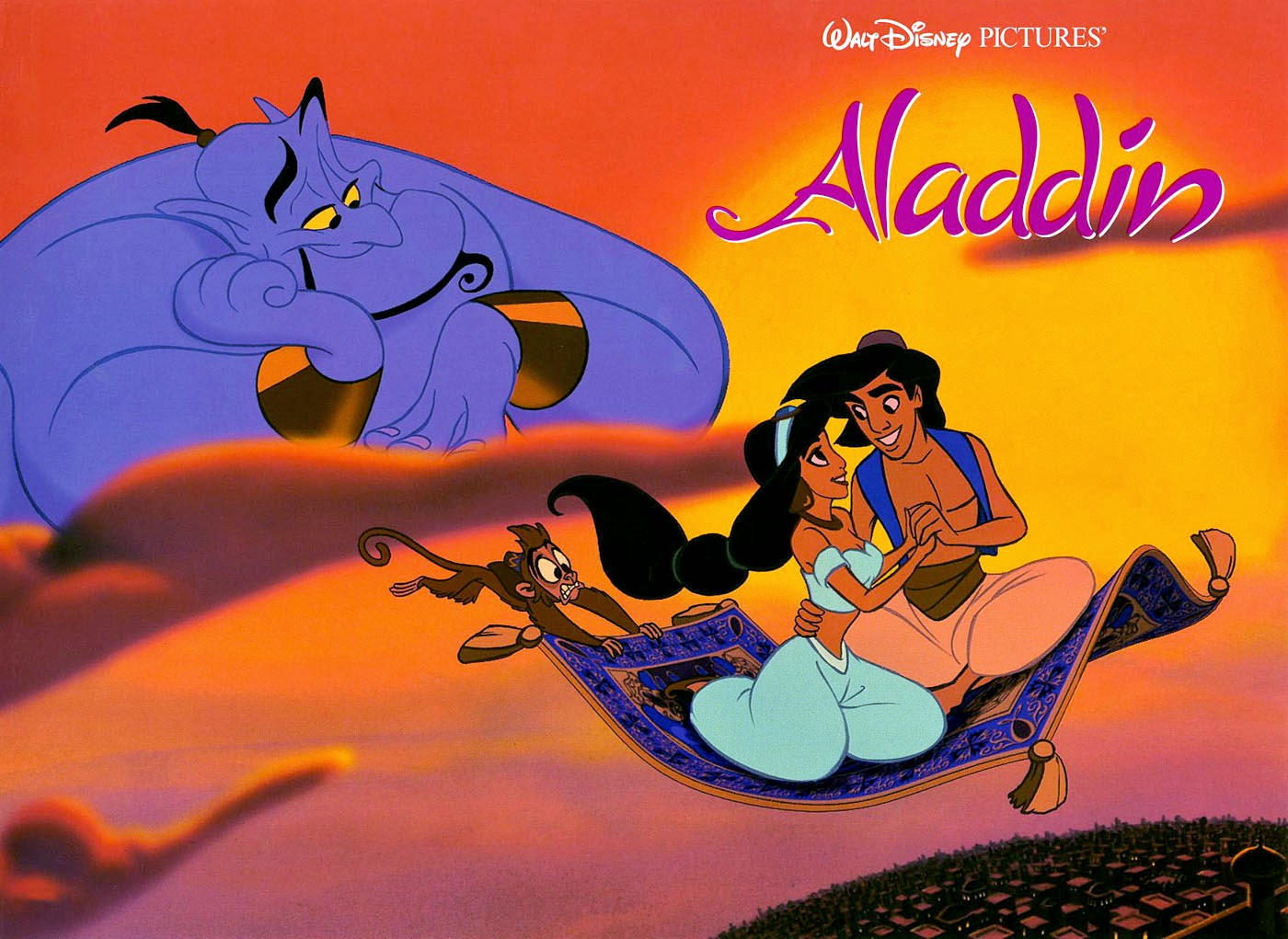Written by Saraa Abas
The concerning refugee predicament is on its height recently as most European countries struggled to cope with refugee’s influx from the Middle East. In the midst of war, the civilian becomes victims of mass event massacre and displaced from their home. The Syrian’s civil war has displaced more than 11 million of its population, fleeing from home to seek humanitarian support from aiding countries. The conflicting war in Syria continues to be the biggest human displacement followed by Afghanistan and Iraq. In 2015 alone, the EU has settled more than 1 million refugees, where mostly seek for asylum.
Syrian civil war began from the collision between long-serving government, al-Assad family, and rebellion group. Initiates by Arab Spring uprising, people in Middle East demand for political reforms. The frustration is more likely of the government failure to achieve the long-promised economy. The successful uprisings in Tunisia and Egypt energised and gave hope to Syrian pro-democracy activists and many Islamist movements that were opposed by Assad’s rule. In April 2011, Syrian army attacked the demonstrators, leading the rebellion group armed themselves to fight back. This rebellion group grows combining local tribal groups, deserted militant and Jihadist, each with their own agendas.
In the other hand, battling global terrorism, these refugees are becoming the victims of judgement and discrimination of world issues which stroke some European countries due to several incidences involving Islamist extremist. Having all refugees being Muslims, while some countries welcome them with open arms, in contrary, it raises disputes on the foreign policies of migrant acceptance. It addresses the concerns of widening the risk of terrorist penetration, taking advantage from the migration, along with the on-going social problems among the local.
Since the refugee migration took place, there are several incidences and foreign policies changes in adapting this phenomenal influx. Many were criticised and pressured to give assurance to the refugees as required by The United Nations.
Media Propagation
To understand the current status of refugee crisis today, we monitored the local and international mainstream media outlets that disseminate updates and current news relating to this issue. The reflections of world views upon this matter are much likely influenced by how these media portrays the situation (Gerbner, 1999) and agreement of a particular cause. We examined two media outlets, a Malaysia’s news media, The Star and an international news media, The Guardian. In one month media monitoring is held in the month of October 2016 via online, collecting the related articles and extracting their perspective reporting upon this matter.
Malaysian Media: The Star
The Star is established by Star Media Group Berhad, formerly as Star Publication (Malaysia) Berhad, over 16 years and revamped in 2008, embracing digital news, The Star Online, integrate themselves along with readers demand, offering better access to news stories, channel and multimedia. Apart from news by local journalist, we’ve noticed that The Star subscribed to Reuters, a Russia’s based international media, for its foreign news.

i. Denials of human right’s
It has been mixed feeling on the response of European countries providing adequate humanitarian aids for fellow refugees arrived. The Star reported the pressure build up on few European countries to fulfil the basic human need and fair treatment to all refugees. It criticised the failure of those countries to better manage the current crisis and carrying out their responsibilities as developed nation giving assistance to civilians in distressed.
ii. ISIS threat
The risk of open doors policy of refugees is the potential of extremist penetration that could jeopardise the safety of local citizen. Due to several occurrences recently in few Europe’s countries, Muslims around the world, particularly from the Middle East were stereotyped and discriminate by politician and the locals. The Star reports of few suspected Syrian refugees were wanted, adding up to the tension to aid provider’s countries. In the reports, The Star repeatedly relates Syrian refugee to agendas of strong connotation like ‘bomb’ and ‘attack’ could leave a perspective on the public readers.
iii. Restricting borders on refugees
In the period of monitoring, The Star highlights refugee migrant restriction and denial of entrance by few countries on its policies to limit refugee’s intake and deals made between governments to contain the placement of refugees that seek for asylum. The strict restriction led criticism over respective government decision not only denying their duty but also increase the risk of danger of refugees casualties, fleeing from home seeking for humanitarian aids.
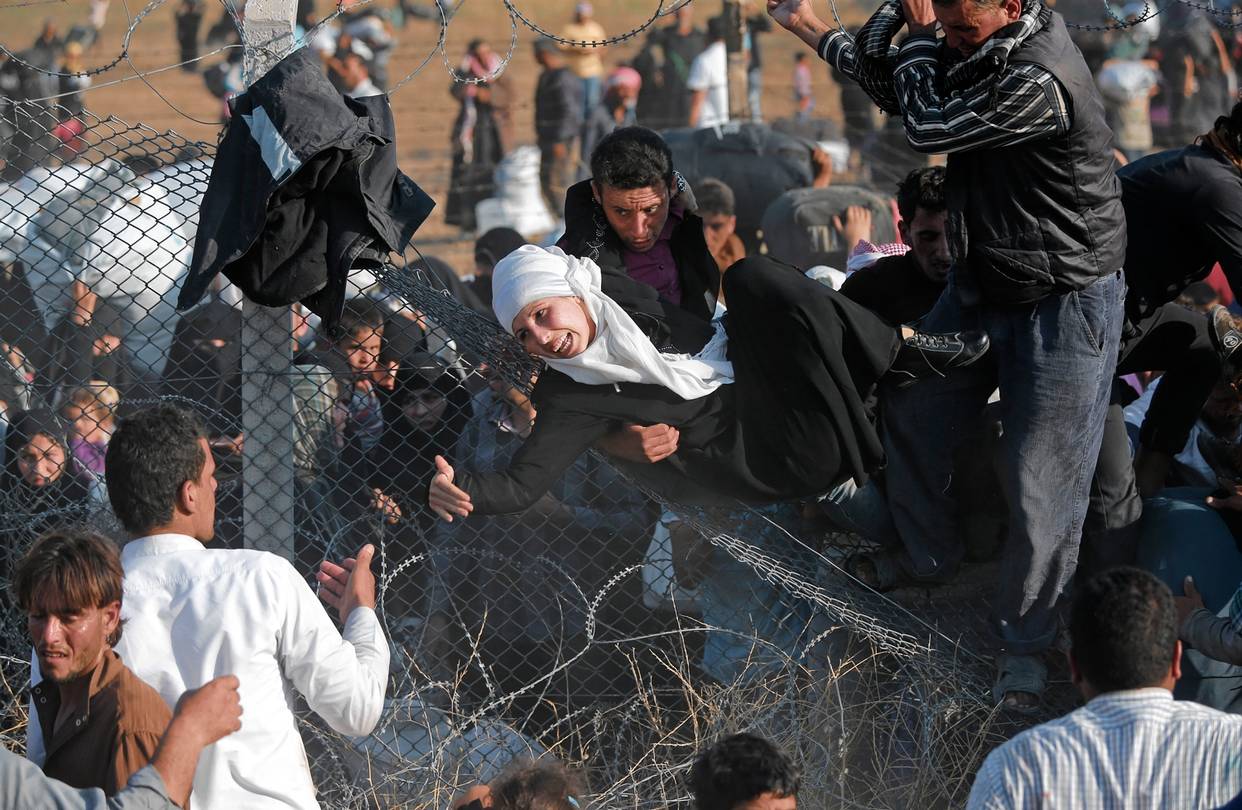
International Media: The Guardian
For the international media, The Guardian, is part of the Guardian Media Group, owned by The Scott Trust Limited which was created in 1936. In recent 2010, the Guardian has significantly developed and expanded its digital operations. Their objective is to secure the financial and editorial independence of The Guardian in perpetuity and to safeguard the journalistic freedom and liberal values of The Guardian free from commercial or political interference.

Image credit: Dailymail.com Image source
In their reports, The Guardian constantly showcase the current situation of the Calais refugee camp and criticise the British government on its treatment of Calais’s children refugees. The Calais refugee camp is the largest refugee placement that is scheduled to be shut down due to its unavailability to occupy large amount of refugees. The demand of France government for the Britain to fulfil their duty has gained support by the media, which pressure the Britain government to uphold its humanities values over restriction of migration policies.
i. Refugees crisis management
In the midst of refugee crisis around Europe, several interest parties raise their concerns over the financial aids supports and management. The media highlights the rationale of arguments from NGO bodies to have a better plan during the crisis. They also express their frustration on international obligation in fulfilling their moral duty to provide safe havens for the victims. In several other articles, the media relevantly shares their opinion on the current management effort and how participating countries should improve.

ii. Criticism on European humanities values
The Guardian strongly highlights their criticism over the loss of humanities values in many westerns countries. They also constantly promoting and persuading their readers to have good humanities values in understanding the refugee hardship during these times, trying to eliminates negative perception among societies. Many concerned of the westerner’s avoidance in giving helping hands to ease the crisis and the up rise of discrimination and racism to the refugees.
Conclusion
From the observation over the month, we can see that the Malaysian media reliance of foreign media Reuters, shapes types of news and perspective of news reporting. The news focused is on the foreign government policies and ISIS updates instead of highlighting the internal problems faced by the refugees. From our view, the constant news of refugee’s rejection is the main angle of news story. The Star has very little opinion of the current situation and only reports factual policies. Apart from that, The Star most likely to report on the Syrian civil war updates in Aleppo compared to addressing the issues of refugees migration. This may due to the Malaysia’s does not highly impacted by the crisis, but The Star showed their support in condemning the on-going war.
The Guardian constantly promotes humanity values and shares an open criticism to respective countries that denied their duty on humanitarian aids. Not only spreading news, they also highlight writer’s opinion supporting the refugee’s humanitarian aid relating to local’s values and belief to reduce the tension and negative perception of the public of the current issues. In most of their article, they often discussed foreign response and reactions in welcoming the refugees. Their articles also supported by many opinion leaders in convincing their readers to understand and persuade them to give a helping hand to those in need. There has been large coverage on this issue because The Guardian, a media based in UK, is highly impacted from this crisis. Therefore, a constant coverage and advocacy is a must.
REFERENCES
2015 World Drug Report finds drug use stable, access to drug & HIV treatment still low. (n.d.). Retrieved Nov 01, 2016, from United Nation Office on Drug and Crime: https://www.unodc.org/unodc/en/frontpage/2015/June/2015-world-drug-report-finds-drug-use-stable–access-to-drug-and-hiv-treatment-still-low.html
AlJazeera. (2016, November 12). The refugee crisis and the Greeks: One year on. Retrieved from Aljazeera.com: http://www.aljazeera.com/programmes/talktojazeera/inthefield/2016/11/refugee-crisis-greeks-year-161110113307707.html
Gerbner, G. (1999). Television and its viewers: Cultivation theory and research. Cambridge: Cambridge University Press.
The Guardian. (n.d.). Retrieved October 01, 2016, from The Guardian: https://www.theguardian.com/
The Star Online. (n.d.). Retrieved October 01, 2016, from The Star: http://www.thestar.com.my/
UNODC Drug Trafficking. (n.d.). Retrieved Nov 01, 2016, from United Nation Office on Drug and Crime: https://www.unodc.org/unodc/en/drug-trafficking/

